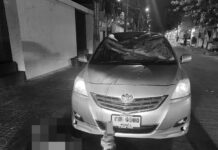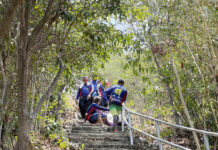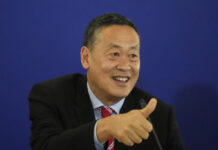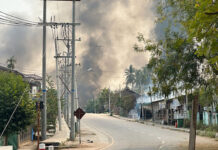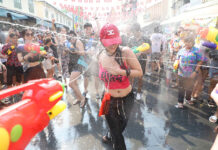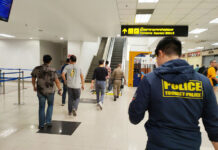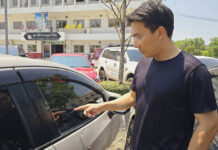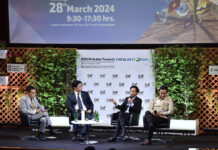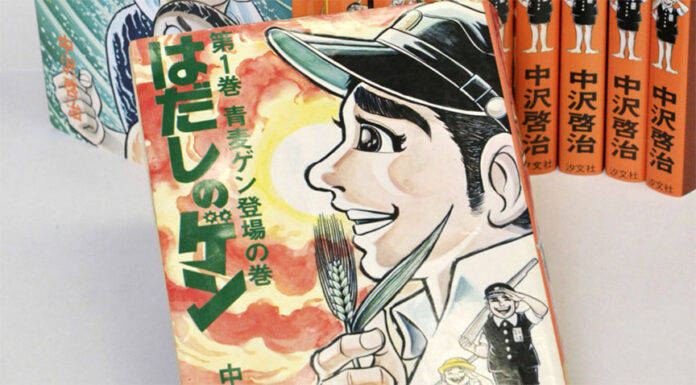
HIROSHIMA (Kyodo) – The education board of Hiroshima has decided to withdraw the famous “Hadashi no Gen” (Barefoot Gen) comic depicting the atomic bombing of the western Japan city from its peace curriculum for public schools, sparking a backlash from survivors groups and others.
The manga, which centers on the life of elementary schooler Gen, is based in part on the experiences of its late creator Keiji Nakazawa, who was exposed to the 1945 U.S. atomic bombing of Hiroshima at age 6.
First released in 1973, the series has been published in more than 20 countries, and part of the work has been featured in Hiroshima’s peace education program since fiscal 2013.
But from the 2023 school year starting April, the board is set to replace it with a lesson on a survivor who lost family members in the attack and her daughter’s activities to pass on her story, saying the change is to adapt to changing times.
While the board has said the move “is in no way an attempt to distance children” from the manga, its decision has met resistance, including from prominent atomic bomb survivors and online.
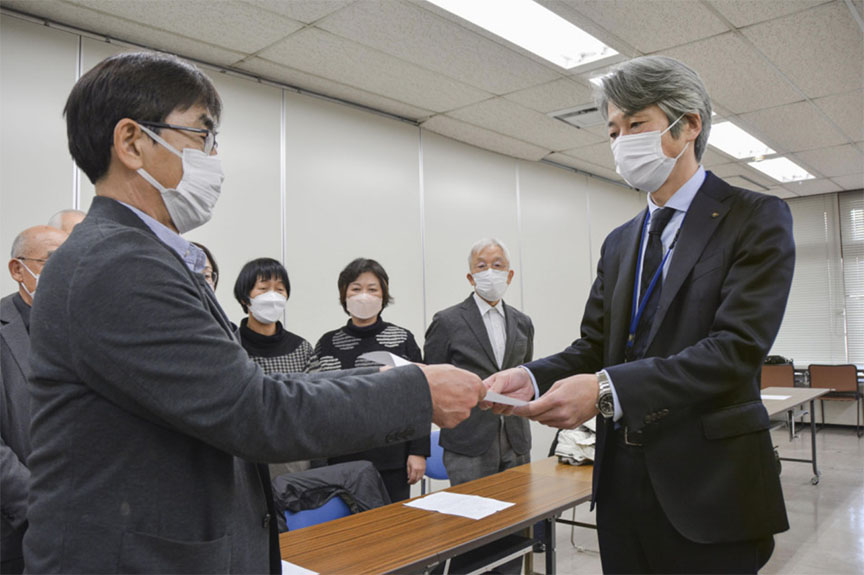
Kunihiko Sakuma, who heads an association for Hiroshima atomic bomb survivors’ groups and who was exposed to the bomb at 9 months old, called on city officials to rethink the change.
As a survivor, he said, “I learned how to live from Gen. I cannot tolerate this decision to remove it.”
Speaking at an event in Hiroshima, Sueichi Kido, secretary general of the Japan Confederation of A- and H-bomb Sufferers Organizations, also called for a rethink, saying the manga “portrays every part of atomic bomb survivors’ suffering and way of life.”
When the news emerged on Feb. 16, social media users took to sharing a hashtag opposing the comic’s removal, with some posting pictures of its most famous scenes to emphasize the importance of its antiwar message.
By Feb. 24, the board of education said it had received around 300 inquiries about its decision, many of which expressed opposition.
In the excerpts used in the elementary school third grade syllabus, the impoverished Gen sets out to make money to support his pregnant mother by trying his hand at “rokyoku,” a traditional musical storytelling art, and stealing koi carp from a pond in a wealthy person’s residence.
According to records obtained by Kyodo News of the meetings of an expert panel set up in fiscal 2019 to revise the peace program, attendees expressed reservations about the manga excerpts used.
They said the scenes involving Gen’s rokyoku performances were difficult to understand, and that the limited material used from the manga was insufficient to represent the reality of the bombing.
Concerns were also raised over whether the manga condones stealing.
There were also supportive comments, with some saying that children can easily relate to Gen and that teachers could provide additional explanations on rokyoku singers.
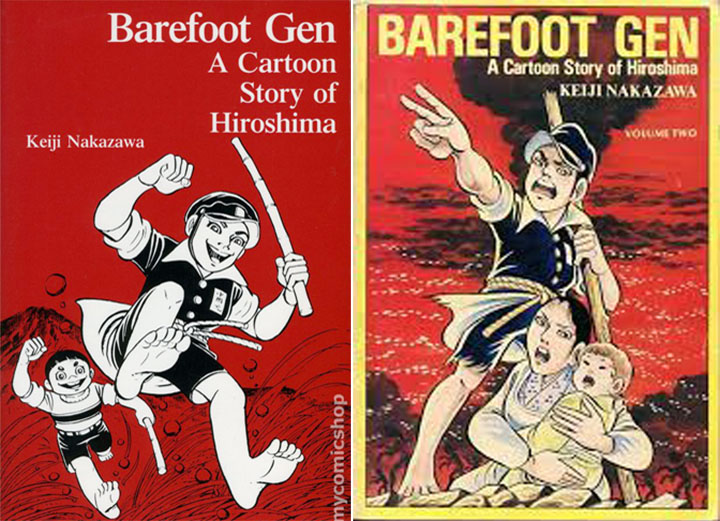
Reacting to the board’s decision, Nakazawa’s widow, Misayo, said it was “a shame because he created it thinking about how to convey the horrors and awfulness of the atomic bombing to children.”
Nakazawa, who died in 2012, lost his father, older sister and younger brother to the bombing, and his younger sister born on the day of the attack died months later.
Misayo noted that her husband had been “overjoyed” when he had learned that his manga would be featured in the lessons.
The controversy is not the first to befall his work in recent years. In August 2013, the board of education in Matsue, western Japan, was found to have asked municipal elementary and junior high schools to limit access to the story over its graphic content. It rowed back on the request after facing criticism.
In March 2014, the education board of Izumisano, Osaka Prefecture, was found to have withdrawn the comics from public elementary schools and junior high schools in the city, based on the mayor’s view that they contain discriminatory expressions. The comics were later returned to the schools.


